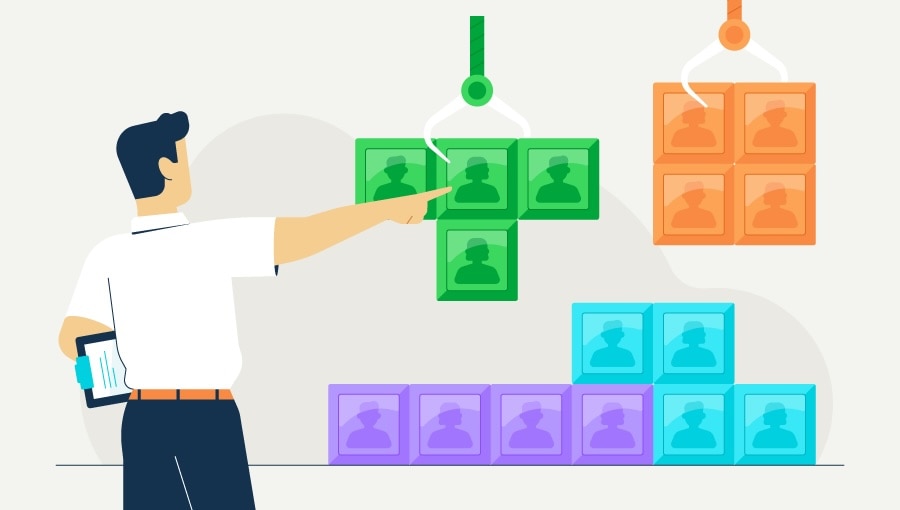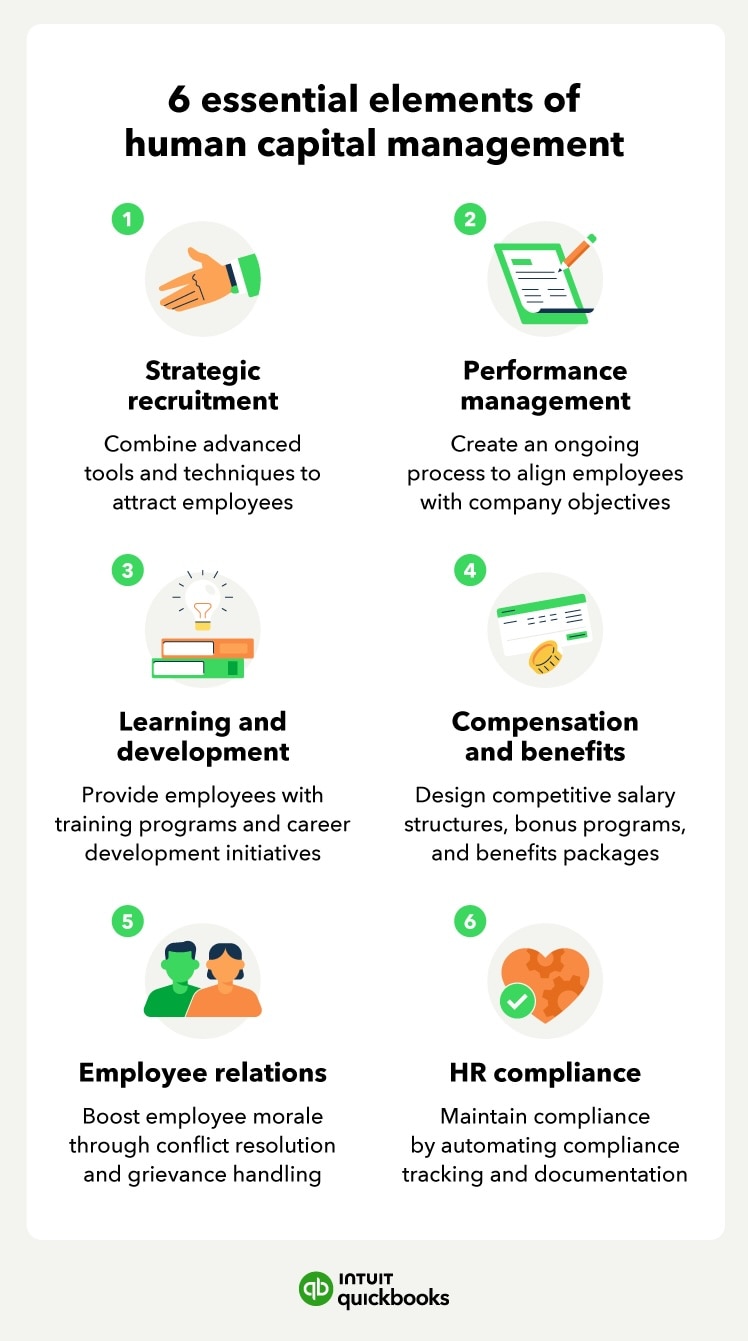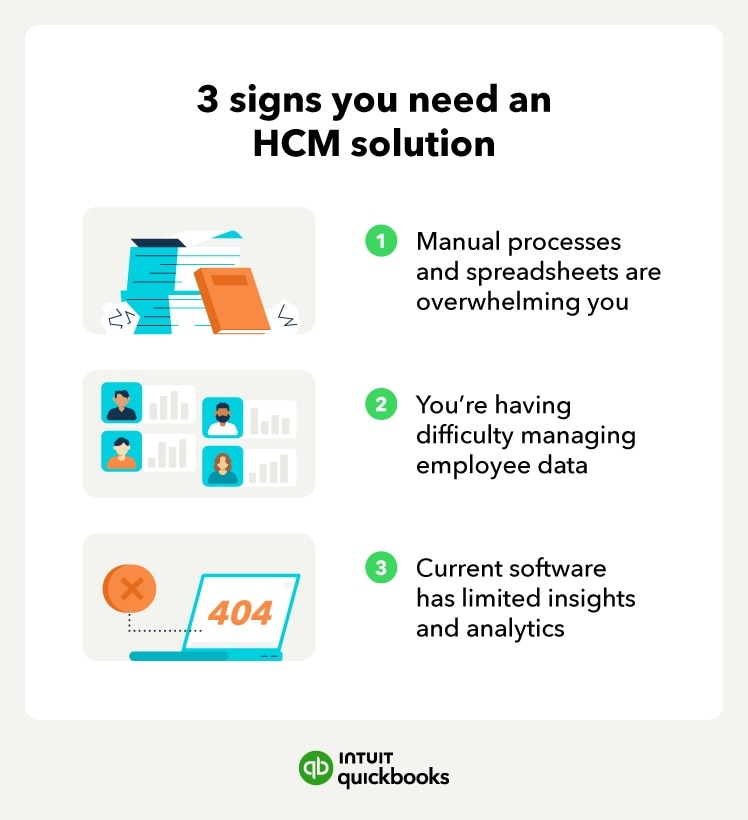Strategic recruitment
Building a strong team starts with recruitment. HCM combines advanced tools and techniques to attract, assess, and hire the best talent. This includes application tracking software, employee skills and personality assessments, and data-driven recruitment strategies.
With these tools, companies can find candidates with the right skills and experience for the job while sharing the company’s culture and values.
A good recruitment strategy brings in people who are a great match for your company and can help drive its success. HCM systems simplify this process by making it easier to manage job postings, track candidate progress, and determine who to hire.
Performance management
Performance management involves setting clear goals, tracking progress, providing feedback, and evaluating employee performance. By using HCM systems, organizations can create an ongoing performance management process that keeps employees aligned with company objectives and encourages ongoing growth.
Performance management helps employees understand what’s expected of them and how their work contributes to your organization’s overall success. It also provides feedback, rewards, and recognition opportunities, which drive engagement and motivation.
Learning and development
Investing in employees' learning and development is vital for growing your business. HCM covers training programs, coaching and mentoring, and career development initiatives that help employees learn new skills and advance their careers.
HCM systems often include tools for creating, delivering, and tracking training programs, which help improve employees’ skills and retain top talent.
Compensation and benefits
If you want to stay competitive in attracting and retaining top talent, you have to know what to offer. HCM includes designing competitive salary structures, bonus programs, and benefits packages that meet employees' needs and align with industry standards. A well-thought-out compensation package can boost employee satisfaction and reduce turnover.
HCM systems make managing compensation and benefits easier by providing tools for salary benchmarking, benefits administration, and payroll integration. These tools help ensure your employees are consistently and fairly paid.

 Human capital management isn’t just about managing employees. It’s about unlocking their optimal potential. When you align your workforce with your business goals,
Human capital management isn’t just about managing employees. It’s about unlocking their optimal potential. When you align your workforce with your business goals, 





